Day 1: A Geological Trip Back in Time
Smithsonian Secretary Clough flies to Wyoming to learn about a period of intense global warming that occurred 55 million years ago
/https://tf-cmsv2-smithsonianmag-media.s3.amazonaws.com/filer/Secretary-Clough-in-Wyoming-631.jpg)
Tuesday, July 14
It is reasonable to ask why the Secretary of the Smithsonian would make a visit to tiny Worland, Wyo. Worland is located in the northern central part of Wyoming, in the Bighorn Basin to the west of the Bighorn Mountains. Drive east and you come to the towns of Ten Sleep and Buffalo; go north and you find Basin and Greybull; head south and you will arrive at Thermopolis; and to the west are Meeteetse and Cody. Worland, with a population of about 5,000, is the county seat of Washakie County, named for a great chief of the Shoshone Indians. Familiar western legends abound here: Butch Cassidy lived in Meeteetse, and his Hole in the Wall hideout is near Buffalo. Cody is named after Buffalo Bill Cody himself who had a large ranch in the vicinity. But I did not come to Worland because of the western lore, or even to indulge in the hunting, fishing and scenery that attract visitors. I am here to learn more about global climate change.
During my first year as Secretary I plunged headlong into a series of “get acquainted” visits to SI’s museums and research centers. One of the purposes of my early visits was to understand the idea of collections, which are little in evidence at the universities where I had spent my career. On an early excursion to the Museum of Natural History, I was escorted by Director Cristián Samper deep inside the huge building to see the collections of fossils. In many cases, the fossils are not standalone objects, but are remnants of plant, animal or fish life that were trapped between ancient sediment layers that later turned to rock. I was introduced to a soft-spoken paleobotanist named Scott Wing who told me about his work on plant fossils from a site near Worland that exhibited evidence for a period of intense global warming that occurred some 55 million years ago. Scientists refer to this period as the Paleocene Eocene Thermal Maximum, or PETM. The time of interest falls along the dividing line between the Paleocene and Eocene geologic epochs.
Scott’s story was compelling. For some years, I have been interested in the topic of global climate change because of concerns it raises for the survival of our species, the challenging global policy choices surrounding the issue and the confusing welter of scientific opinions about how, when and why climate change is occurring. Because of the differing interpretations and intense interest in the subject from the public, religious groups and elected officials, I had often found myself, in my former position as president of one of the nation’s premier technological universities, being asked to opine on the topic of global warming. A relatively straightforward and informed answer that helped others gain an insight into this complex subject was not easily formulated.
Scott’s research, and that of his colleagues, was something of a revelation in that it provided information about global warming that was not fraught with speculation. Here was evidence in the earth’s fossil records for the timing, the triggers and the effects of global warming on environments and ecosystems. Nature’s response was dramatic: changing the order of things everywhere and for many forms of life. The effects extended even to the members of our own evolutionary line, the primates, who first appear in the fossil record during the PETM.
The evidence of the occurrence of the PETM is supported by different sources and our knowledge about it is becoming more robust with time. The PETM left its mark through a diverse set of indicators, including fossils and trace chemical signatures within soils and rocks themselves, as well as the pronounced absence of things we normally see in the geological record, such as vast chalky deposits on the ocean floor. The evidence supports the finding that the PETM was a major event, leading to a world where greenhouse gases rose to exceedingly high levels and the tropics expanded well into the northern latitudes of North America. If there were any small ice caps in this already warm world, they disappeared during the PETM.
Scott’s approach to dissecting the mysteries of the PETM took a route he believed could provide information not being provided by others. His search was directed at plant fossils, a rich source of information on temperature, rainfall and the status of ecosystems, but it took longer than even he expected and required perseverance, patience and, at times, stubborn willfulness. His search took him to the Bighorn Basin in Wyoming, a place he had first visited as a 17-year-old boy, and which still fascinated him. It took him 11 years of hard, hot, tedious and often lonely fieldwork before he found the fossil leaves he had been looking for. Through rigorous pursuit of his research and the remarkable and timely results he is obtaining, Scott represents a role model for other young scientists.
I have traveled to Worland to take a trek with Scott to see firsthand where he made his discoveries and to observe as he and his team continue to mine the fossil lode they have found. My observations will allow me to better understand and appreciate the growing insights that are being developed about both flora and fauna during a time when climate changed rapidly and dramatically.
Getting to Worland from Washington, D.C., means flying first to Denver and transferring to Great Lakes Airlines (I was reassured that we were not flying to Michigan in order to get to Wyoming from Colorado, despite the name of the airline). The flight to Worland on a Beechcraft 1900D plane took one and a half hours and, at an altitude of 10,000 feet, afforded great views of the Wyoming landscape in the soft light of the setting sun. Close to Worland the arid land becomes brown, and lacking forest vegetation, is green only where barley and sugar beet fields are irrigated by the Bighorn River and reservoirs. The glide path to the airport takes us over uplifted highlands of the Owl Creek Mountains that have been sharply incised over the millennia by a network of ubiquitous, ever-converging streams and river channels. Millions of years ago during the Paleocene and Eocene, as the Owl Creek and other mountains surrounding the Bighorn Basin were pushed up from beneath, similar channels must have worn them down and deposited sediments in the deep basin below. It is these deposits that form the rocks and soils where PETM fossils are found.
Scott meets me at the Greater Worland Airport and we board his 1970 dirt-brown Chevy Suburban, something of a legend among the local paleontology community. Nicknamed “Dino” because of the dinosaurs painted on its doors some time back, it is something of a legend among the local paleontology community. The paintings have faded over the years and miles, but for a vehicle with 249,000 tough miles on it, Dino chugs along accommodatingly. My flight gets in around 8:30, in time for me to check in at the Super 8 Motel. Turns out, accommodations in town are pretty well taken up what with a wedding and the motorcyclists passing through on their way to Sturgis, N.D., for the annual gathering of Harley riders. Before Scott returns to his camp in the field, he gives me a tour of town, which takes about five minutes, and we decide to watch the last of the All Star Baseball game at the Little Chicago Tavern, one of eight bars in Worland. We partake of a glass of a local brew, known as Moose Drool, which, despite its name is a tasty dark ale. As to the game, the American League beat the National League for the tenth year in a row.
Planning Your Next Trip?
Explore great travel deals
Smithsonian magazine participates in affiliate link advertising programs. If you purchase an item through these links, we receive a commission.
/https://tf-cmsv2-smithsonianmag-media.s3.amazonaws.com/accounts/headshot/wayne-clough-240.png)
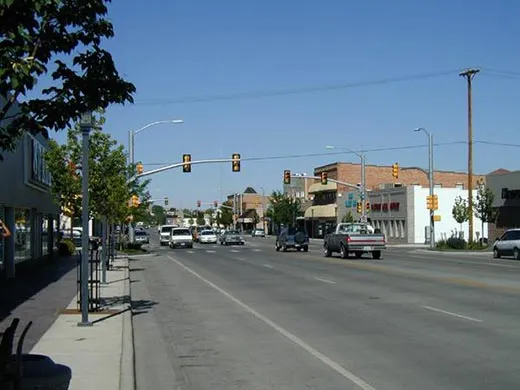
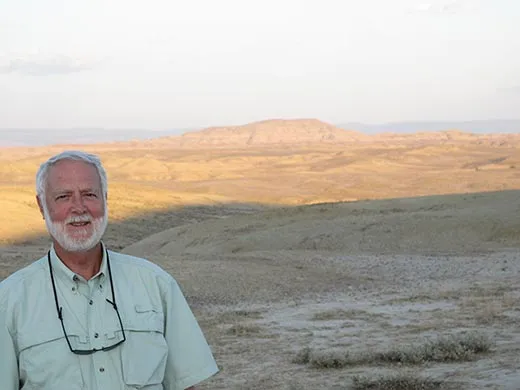
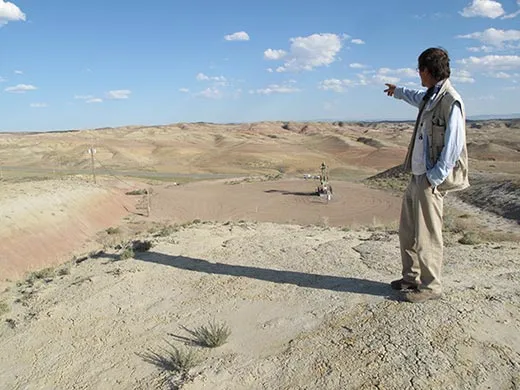
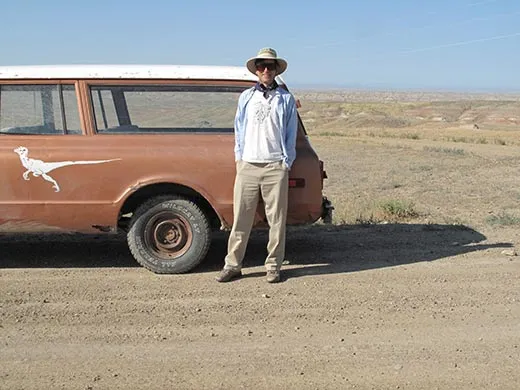

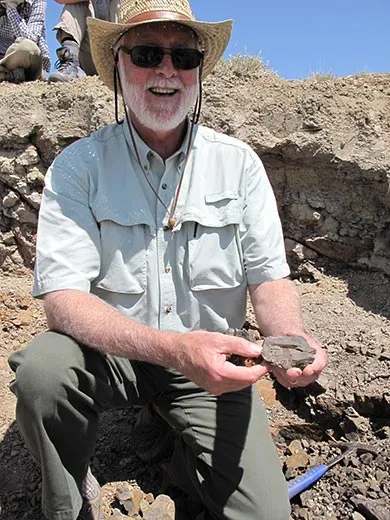
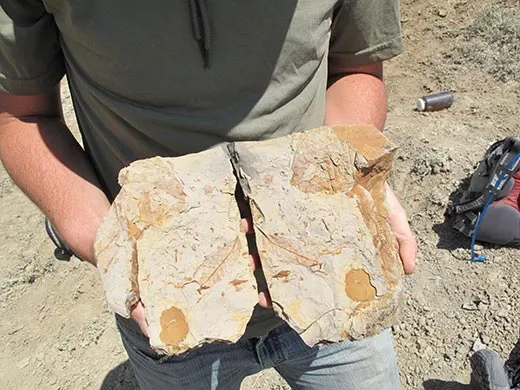
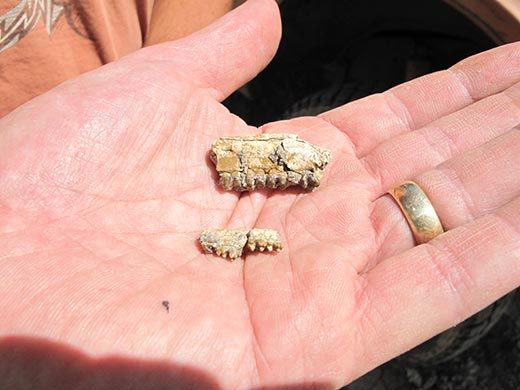
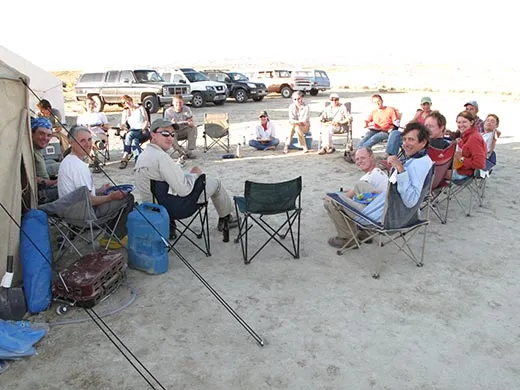
/https://tf-cmsv2-smithsonianmag-media.s3.amazonaws.com/accounts/headshot/wayne-clough-240.png)